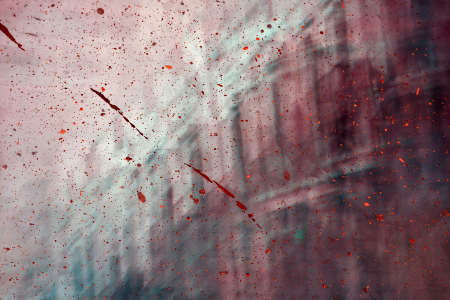We ask you, humbly: don't scroll away.
Hi readers, it seems you use Catholic Online a lot; that's great! It's a little awkward to ask, but we need your help. If you have already donated, we sincerely thank you. We're not salespeople, but we depend on donations averaging $14.76 and fewer than 1% of readers give. If you donate just $5.00, the price of your coffee, Catholic Online School could keep thriving. Thank you.Help Now >
Montreuil Abbey
FREE Catholic Classes
A former convent of Cistercian nuns in the Diocese of Laon, now Soissons, France. Some incorrectly claim that it was the first convent of Cistercian nuns. It was founded in 1136 by Bartholomew, Bishop of Laon, and within a few years it numbered nearly three hundred. In early days the community busied themselves not merely in weaving and embroidery, but also in tilling the fields, clearing the forest, and weeding the soil. So large a number in one community had its disadvantages, for within a century of its foundation the convent was forbidden by the Abbot of Clairvaux to take novices until the number of nuns at Montreuil was reduced to one hundred, which figure was not in future to be exceeded. In the seventeenth century the convent was so much disturbed by the wars which raged in the neighbourhood that the nuns abandoned it and settled in the hospital of St-Lazare close to the city. The list of abbesses is in Gallia Christiana (IX, 639); the convent was suppressed at the French Revolution.
Throughout the Middle Ages Montreuil was a place of pilgrimage, being famous for the "Sainte Face" or Veil of St. Veronica. This picture, which was regarded by many as the original relic, was really a copy of the "Vera Effigies" in St. Peter's at Rome. It was presented in 1249 to the Abbess of Montreuil by her brother Jacques Pantaleon, afterwards Urban IV. The painting, apparently of Eastern origin and already ancient when it came into the hands of the nuns, bore an inscription that seemed undecipherable, even Mabillon being completely baffled by it. Subsequently, however, some Russian savants declared the words to be Slavonic, and to read "Obraz gospoden na-oubrouse" or "Imago Domini in linteo". It seems to have perished with the convent in the French Revolution.
 Hi readers, it seems you use Catholic Online a lot; that's great! It's a little awkward to ask, but we need your help. If you have already donated, we sincerely thank you. We're not salespeople, but we depend on donations averaging $14.76 and fewer than 1% of readers give. If you donate just $5.00, the price of your coffee, Catholic Online School could keep thriving. Thank you. Help Now >
Hi readers, it seems you use Catholic Online a lot; that's great! It's a little awkward to ask, but we need your help. If you have already donated, we sincerely thank you. We're not salespeople, but we depend on donations averaging $14.76 and fewer than 1% of readers give. If you donate just $5.00, the price of your coffee, Catholic Online School could keep thriving. Thank you. Help Now >








 Daily Readings for Friday, April 19, 2024
Daily Readings for Friday, April 19, 2024 St. Alphege: Saint of the Day for Friday, April 19, 2024
St. Alphege: Saint of the Day for Friday, April 19, 2024 Stewardship Prayer: Prayer of the Day for Friday, April 19, 2024
Stewardship Prayer: Prayer of the Day for Friday, April 19, 2024

